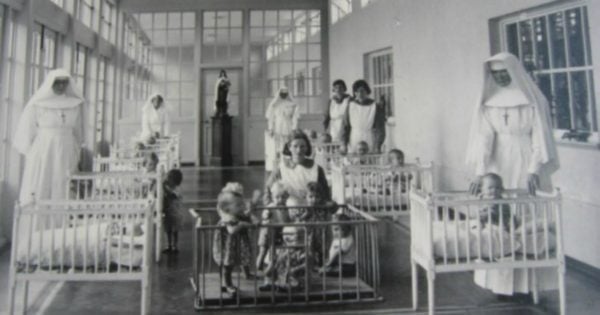
The world was shocked to hear last week about the discovery of a mass grave of 796 babies and children in a septic tank at a home run by nuns in Tuam, Ireland.
There’s one question everyone was asking: how did they die?
The true horror of what went on in mother-and-baby homes in Ireland last century has been gradually coming to light over recent years. It’s a story of neglect, starvation, trafficking and medical experiments. It’s believed at least 6000 babies, children and mothers died in the homes. The infant mortality rate was as high as 68 per cent in 1943.
Relatives of those who died in the homes are hoping that now, finally, they might be able to get some answers.
Peter Mulryan believes his sister Marian died in the Tuam home in 1955 at the age of nine months. Mulryan is 73 and stricken with cancer. A lawyer representing him appeared in the Irish High Court this week, asking the judge to “see what happened to that little girl – did she die, was she trafficked or is she buried in the pit?”
An inspector’s report into the Tuam home in 1947 gives a snapshot of the horrifying conditions. The report, uncovered by the Sunday Independent, describes children suffering from malnutrition, “pot-bellied”, with “wizened” limbs. It talks about “a miserable, emaciated child with a voracious appetite and no control over bodily functions” and another child who is “emaciated, with flesh hanging loosely on limbs”.

Top Comments
I'm sick and tired of hearing Irish Catholics using their white privilege.
Wouldn't be a Catholic for quids. Shameful legacy of misery and exploitation, throughout history, with little real remorse. Those contributing to an organisation like this partake in the shame.